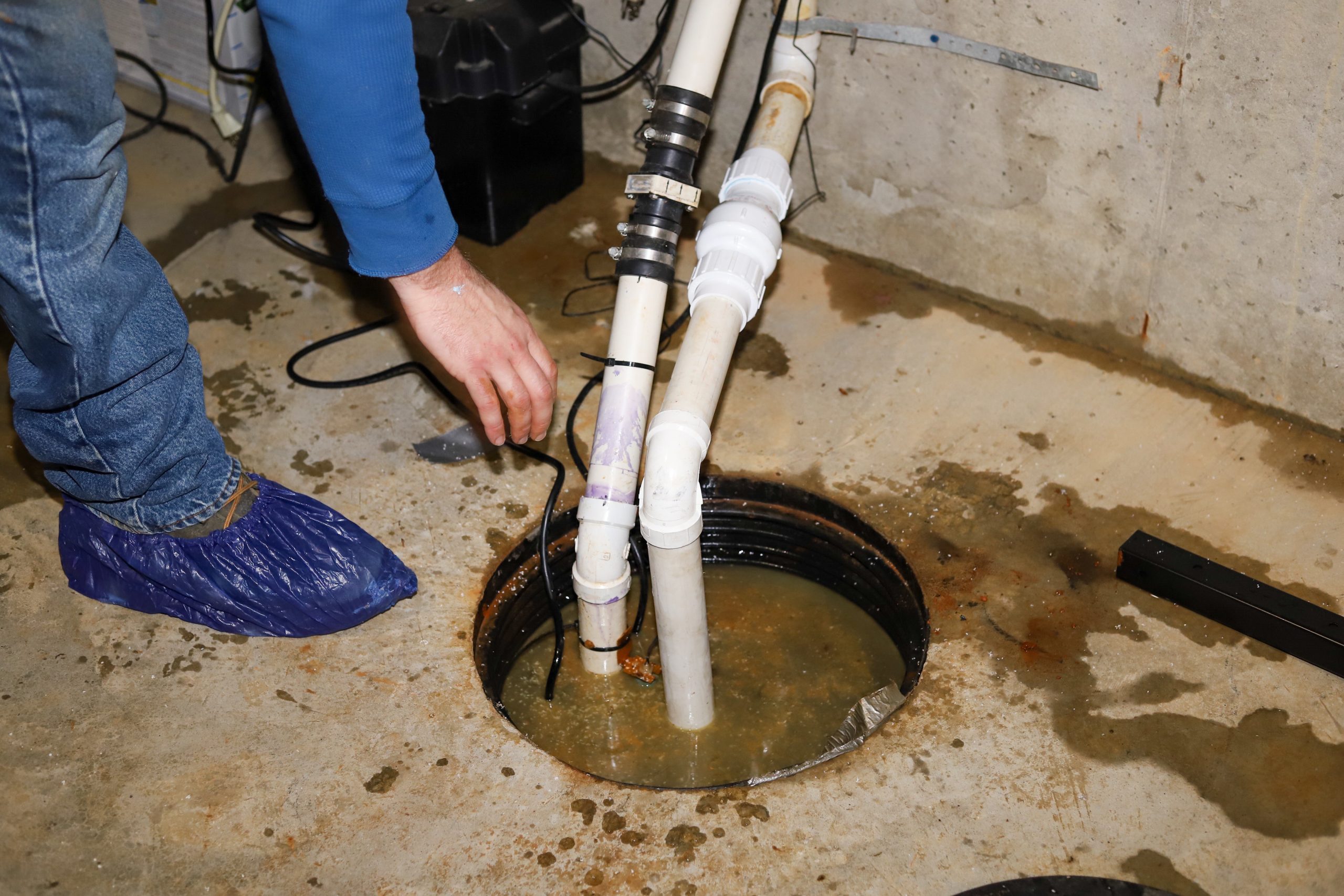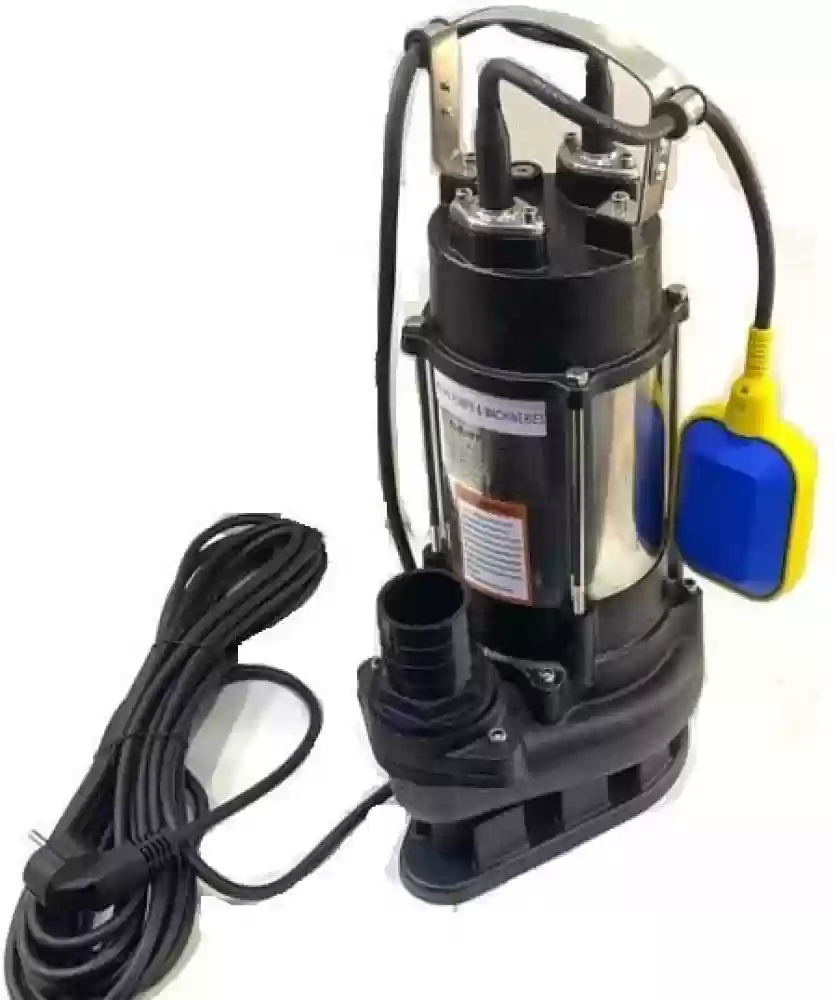They are making several good annotation relating to How To Effectively Clean A Sump Pump in general in this content followed below.

Sump pumps are essential components in several homes, especially in locations vulnerable to flooding or excessive moisture. They aid avoid water damages by effectively removing excess water from basements or crawl spaces. Nevertheless, like any other home appliance, sump pumps need regular maintenance to ensure they operate effectively when required the most. Cleansing your sump pump is an important part of its maintenance, and recognizing exactly how to do it appropriately can save you from costly repairs and potential disasters.
Introduction
Preserving a tidy sump pump is crucial for its proper functioning and long life. Disregarding this important task can bring about clogs, malfunctions, and inevitably, water damages to your building. Consequently, finding out just how to cleanse a sump pump is critical for property owners who rely upon these devices to keep their basements completely dry and protected.
Understanding the Sump Pump
Before diving into the cleansing process, it's essential to have a fundamental understanding of how a sump pump works. Generally set up in a pit or basin below the cellar floor, a sump pump includes several crucial elements, consisting of a pump, a float button, and a discharge pipe. When water gathers in the pit, the float switch triggers the pump, which then pumps the water out through the discharge pipe, far from the building's structure.
Signs of a Dirty Sump Pump
Knowing when your sump pump requires cleaning is vital for protecting against possible malfunctions. Some common indicators that suggest an unclean sump pump consist of strange sounds during operation, decreased water circulation, and visible debris in the pit. If you notice any of these signs, it's necessary to clean your sump pump promptly to avoid any kind of more problems.
Getting ready for Cleaning
Prior to you start cleaning your sump pump, it's vital to take some safety precautions. Start by shutting off the power to the pump to avoid any type of electrical crashes. In addition, put on appropriate safety gear, such as handwear covers and goggles, to protect on your own from dirt, particles, and potential microorganisms.
Step-by-step Overview to Cleaning a Sump Pump
Shutting Off the Power
Begin by separating the power supply to the sump pump to prevent any type of crashes while cleansing.
Getting Rid Of Debris and Dust
Utilize a container or an inside story to remove any noticeable particles, dirt, or sediment from the sump pit. Dispose of the debris properly to avoid it from blocking the pump or the discharge pipe.
Cleaning up the Pump and Float Change
Once the pit is free from particles, very carefully get rid of the pump from the pit. Inspect the pump and the float button for any type of signs of damages or wear. Utilize a soft brush or fabric to cleanse the surfaces and eliminate any type of built up grime.
Flushing the System
After cleaning up the pump and float switch, flush the sump pit with clean water to remove any staying dirt or sediment. This will assist make certain that the pump runs smoothly and efficiently.
Checking for Appropriate Performance
Prior to reinstalling the pump, perform a quick test to guarantee that the float button turns on the pump properly. Pour some water right into the sump pit and observe the pump's operation. If everything is working properly, you can reconstruct the pump and reconnect the power supply.
Maintenance Tips to Maintain Your Sump Pump Clean
Along with regular cleaning, there are several upkeep pointers you can follow to maintain your sump pump in optimal condition:
Verdict
Cleansing your sump pump is an important aspect of its maintenance and guarantees that it runs effectively when you require it one of the most. By adhering to the steps laid out in this overview and including normal upkeep right into your routine, you can expand the life expectancy of your sump pump and protect your home from water damage.
6 STEPS ON HOW TO CLEAN A SUMP PUMP PROPERLY
UNDERSTANDING SUMP PUMPS
Your sump pump plays a crucial role in protecting your home by managing and removing excess water. It primarily functions as a “shield”, guarding your basement against the damaging effects of water accumulation. The pump is housed in a sump pit in the lowest part of your basement, and its job is to pump out any water that collects there.
During heavy rainfalls or when snow melts rapidly, water can infiltrate your basement, posing potential risks like flooding, structural damage, and harmful mold growth. Here, the sump pump springs into action, pumping out the intruding water and directing it away from your home.
SAFETY FIRST
Before cleaning, remember to prioritize safety. Disconnect the sump pump from the power source to prevent any accidental electric shocks. Also, wear sturdy gloves to protect your hands from any sharp or dirty components within the pump.
REMOVE THE SUMP PUMP
After ensuring your safety, the next step is to remove the sump pump from its pit. Doing this might require careful maneuvering as you don’t want to damage any pump components. Once removed, clean the sump pit to remove any accumulated debris or sludge.
INSPECT THE PUMP
Inspect the pump for any visible signs of wear or damage. Check the power cord, float switch, and impeller housing. If any components look worn out or damaged, consider replacing them to ensure optimal performance.
CLEAN THE PUMP
Thoroughly clean the pump with warm, soapy water. Make sure to rid it of any dirt, gravel, or other debris that might impede its performance. You can use a toothbrush to clean the small, hard-to-reach parts of the pump.
REINSTALL THE SUMP PUMP
Reinstall the pump into the sump pit Make sure it’s positioned correctly to remove the water effectively Once it’s back in place, reconnect it to the power source TEST THE PUMP
Finally, pour some water into the pit to ensure the pump works correctly. It should start automatically and begin pumping out the water; if it doesn’t, check the power source and the positioning of the pump.
Remember, while cleaning your sump pump is an essential part of home maintenance, hiring a professional plumber for a thorough inspection and cleaning at least once a year is also important. This will ensure that your pump is in optimal condition, ready to protect your home from potential water damage.
BEST PRACTICES FOR CLEANING SUMP PUMP DISCHARGE PIPES
Regular Inspection: Regularly inspect your discharge pipes, especially during heavy rainfall or snowmelt periods. Look for any signs of blockage or damage. Early detection of problems can prevent serious issues down the line. Periodic Cleaning: Over time, sediment and debris can accumulate in the discharge pipes, impeding the flow of water. Regular cleaning helps keep the pipes clear and functioning efficiently. You can use a high-pressure water jet to effectively clean the pipes. Insulation During Winter: In colder climates, discharge pipes can freeze, blocking the outflow of water. Protect your discharge pipes from freezing temperatures by insulating them with foam pipe insulation. This will ensure the sump pump can continue to discharge water even in freezing conditions. Proper Positioning: The discharge pipe should be positioned to direct water away from your home’s foundation. Improper positioning can lead to water seeping back into the basement. Ensure the pipe is long enough and angled correctly. Installation of a Check Valve: A check valve prevents water from flowing back into your sump pit after the pump has pushed it out. Installing a check valve helps maintain the efficiency of your sump pump and reduces the risk of flooding. Minimize Pipe Turns: Every curve or turn in the discharge pipe can decrease the efficiency of water flow. By minimizing turns and bends in your discharge pipe, you can increase the efficiency of your sump pump. https://www.fullspeedplumbing.com/how-to-clean-a-sump-pump-properly9999/

Hopefully you liked our section about Keep Your Sump Pump Clean, It'll Keep You Dry. Thanks a ton for taking time to browse our blog. Remember to pause to promote this blog entry if you enjoyed it. Thank you for your time spent reading it.
This Site